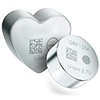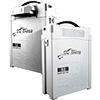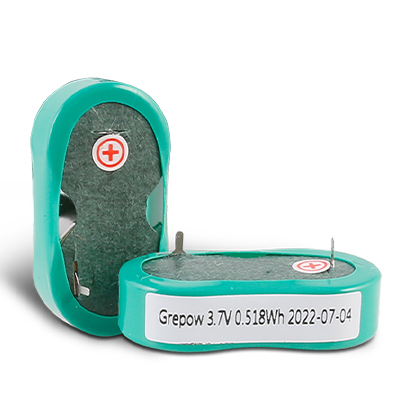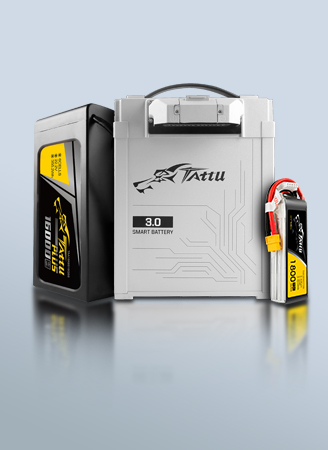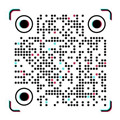What do You Think About Wearables?
Whether you're looking for a fitness tracker, a smartwatch that just answers calls and notifications, running shoes, and more, there are plenty of good options for every kind of smart wearable device. What's more, these wearable devices are also becoming more fashionable, with longer wearable battery life.Nike shoes with automatic laces, the smart wearable device correctly opened. This is definitely the gospel of patients with "lazy cancer." Nike recently released a shoe that automatically laces the Nike Adapt BB. With the built-in sensor inside the shoe, the Nike Adapt BB can even adjust the tightness automatically according to the movement. From grass to hibiscus to sneakers that can now automatically tie your shoes, it is not so much a history of the evolution of shoes, it is better to say that this is a new application of smart wearable devices: without adding extra burden to human wear, Prioritize the wear requirements and then consider the extension function.
What are the novelties of smart wearable devices?
1. Smart shoes
In addition to Nike shoes, what are the novelties of smart wearable devices? As early as 1990, the sci-fi movie "Back to the Future 2", the protagonist found a pair of Nike Mag skate shoes that can automatically tie the laces and adjust the tightness in the future. The concept of "automatic laces" was then Has been born. Nike then released the real version of Nike Mag and the first Nike HyperAdapt 1.0 shoe that automatically laces in 2016. Nike Adapt BB evolved on the basis of Nike HyperAdapt 1.0. Considering that basketball players in basketball games, the size of their feet will change due to sports conditions. Many athletes will also loosen their shoelaces to increase blood flow. Then tighten the shoelace to quickly improve the exercise capacity of the shoe, so Nike set a custom motor and gear system in the shoe to feel the tension required by the foot, so that the athlete can adjust the tightness of the shoe at any time to ensure that both feet are always They all complete the competition in a comfortable environment. In addition, the Nike Adapt BB mobile app and the FitAdapt technology firmware are updated, which means that the Nike Adapt BB is a pair of sneakers that can continue to evolve.
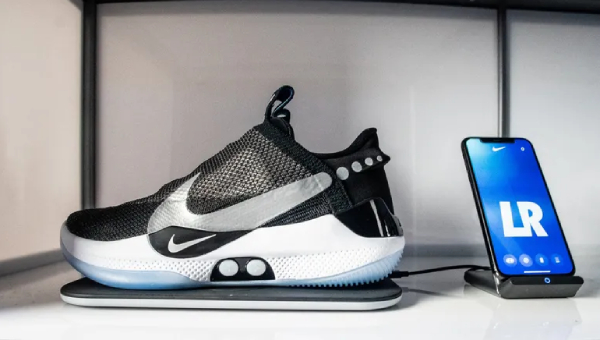
2. Other everyday wear items
In fact, in addition to shoes, humans have also done a lot of intelligent exploration of other everyday wear items. For example, you can tap the T-shirt that makes the drum sound. If you want to be more eye-catching, you can play music anytime, anywhere with a pair of pants that can be equipped with a mini speaker. For example, jeans with social features, connect jeans to a smartphone, click on the small device in the front pocket to instant messaging, update information on Facebook, and track and share personal happiness based on your real-time mood. Another example is a "smart shirt" that can read the heartbeat and respiratory rate of the human body; a jacket that can automatically play music; a T-shirt that can display text and images on the chest... The Dutch even showed a fashion that could be transparent based on changes in the human body's emotions - Intimacy 2.0. When people put on this dress, people's emotional changes such as excitement, shame and so on will change the color of the clothes. Brain holes are wide open, but there is a lot of practical value. Is this what we think is the proper form of smart wearable devices, or whether it has to be questioned.

What is the smart wearable device that looks like?
The idea and prototype of smart wearable devices appeared in the 1960s. In the 007 series of the 007 series "Iron King Kong Broken Space City", the watch on James Bond's wrist can not only act as a walkie-talkie but also become a watch bomb, which is considered to be the prototype of wearable devices. Nowadays, human beings have done a lot of intelligent development in clothing and daily necessities, but most smart wearable devices have entered the misunderstanding mentioned above, and all the Utopia-style whimsy realized are truly practical. There are not many smart wearable devices. What is the future of smart wearable devices? According to the intelligent theory of relativity, the newly released Nike Adapt BB provides a very good simulation model. Humans should consider the following three aspects when developing smart wearable devices.
1. Smart wearable devices to be able to integrate into life
For wearable devices, if you only stick to the word "wearing", the type of such a device will be very limited, but in fact, it can be anything. There is an article commenting on this: "If the wearable device is classified as a device that can be worn on the body, then is the VR device also considered a wearable device? If the mobile phone is on the waist, then the mobile phone is not Is it also a wearable device?" In the view of intelligent relativity, the above viewpoint is not inappropriate. The key point for the definition of smart wearable devices is whether the device has an additional burden on human beings and whether the device is perfectly integrated into human life. Google Glass is a smart wearable device released by Google in 2012. Since these glasses not only retains the original functions of the glasses but also integrates smartphones and cameras, the information can be in the form of a smartphone through computerized lenses. It can be displayed in front of the user in real-time, and can also provide functions such as GPS navigation, sending and receiving text messages, taking photos, and browsing the web. Even if it is such a product that spans the imagination of the times, it is difficult to solve the problem of confusing sight, difficult to see the screen under the light, voice control, hard to carry, wearable battery life, etc., from an optimistic view of countless investment institutions. The citron became a tasteless taste, and the general public also experienced a change in the emotional sensation of Google Glass. As one of Google’s most failed products, the spectacles were also included in the Swedish failure museum. The big reason is that before the technical difficulties were broken, many of the actual functions of Google glasses were not well integrated into our lives. The same problem also appeared in the hot VR glasses of the past few years, no one will take the exaggerated and clumsy glasses to the streets, which is also destined to make greater progress before VR technology, VR glasses can only be experienced hall The curious human spying on the magical tools of science and technology cannot become an indispensable smart wearable device in human daily life.
2. Smart wearable devices to enter the consumer market
The heroes in Marvel's movies have given us good inspiration for smart wearable devices. Whether it's Spider-Man, Iron Man or Captain America, they can be superhuman if they change their unique hero costumes. Power and ability, this is actually our pursuit of the direction of smart wearable devices in real life. Through these devices, human beings can better sense external and self-information and can be more assisted by computers, networks, and even others. Handle information and communication efficiently. If explained in more general terms, smart wearable devices can not only self-quantify but also help humans to evolve in vitro. At this stage, the most widely used smart wearable devices are smartwatches and smart bracelets. Most of the functions of these two types of devices are currently only at the self-quantitative level, monitoring and collecting the wearer's heart rate, stride frequency, air pressure, altitude, blood pressure. Signs such as heart rate or external data, these wearable devices have not been a good solution for the in vitro evolution of the wearer. As far as the current level of technological development is concerned, the in vitro evolution of smart wearable devices can be used in recreational, information exchange and other scenarios to improve the wearer's information perception and processing capabilities, but these applications are more in theory, and a few applications are in the industry. Consumer scenes, such as Epson's AR glasses, allow drone drivers to see the camera in a first-person perspective.
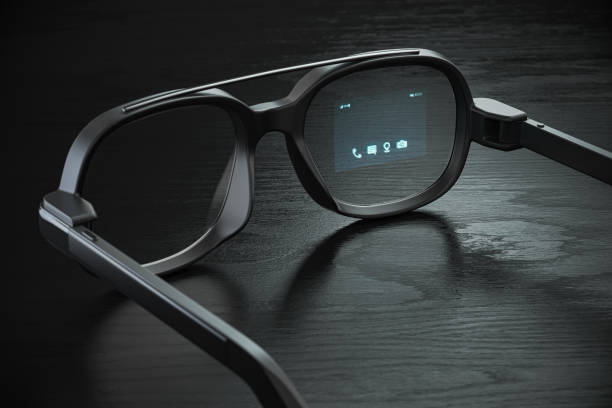
The AR program for Vuzix smart glasses helps logistics pickers speed up picking efficiency. Daqri AR helmets help architects And engineers work in dynamic holographic spaces, but these smart wearable devices are still a long way from entering the consumer-grade market of everyday life. The Nike Adapt BB tightens the tightness of the shoelace to control the athlete's blood circulation and achieves a way to improve the athlete's athletic ability in a short period of time. It seems to be “shaking a clever”, but in fact, it is a smart wearable device. A new way of thinking about in vitro evolutionary functions - simply relying on the "original function" of the wearable device to enhance the wearer's ability without interfering with the human body through other devices. The smart wearable device is self-evolving based on a little improvement of the wearer's external ability.
3. urgently need to break the data monopoly
As the concept of the Internet of Things is accepted by more and more people, smart wearable devices, as an important part of the Internet of Things, have ushered in a wave of developments driven by Samsung, Xiaomi, Huawei and other manufacturers, and have also intensified capital. Separation in the smart wearable device track. Take the smart bracelet as an example. There are more than 100 brands with large and small numbers in China. These manufacturers are hard-pressed and build data walls. They not only do not share data with other devices but also lack open industry awareness. So smart wear There is a block of data islands between the devices. The most direct consequence of this phenomenon is the ecological fragmentation of smart wearable applications. It is not only the slow development speed but also the promotion of application landing. In addition, at present, the application form of the smart wearable device is more an extension of the application of the smartphone or the tablet. The smart wearable device is attached to the smartphone, and once it is separated from the mobile phone, the smart wearable device becomes a display device. If smart wearable devices want to get rid of this situation and become the real protagonist in the Internet of Things era, they need a native application similar to mobile phone WeChat from their own devices. Under this driving, smart wearable devices can establish themselves. As the core ecosystem, the popularity and application development of smart wearable devices is likely to enter a continuous cycle.
Ethical considerations for smart wearable devices in the future
Shortly after the release of Nike Adapt BB, the NBA officially announced the relevant ban: in order to avoid disturbing the attention of the players and fans present, the two blue spots on the side of the sneakers can not be lit; the mobile phone with the application can not be used on the sidelines. Players can only manually adjust the tightness of the shoes through the shoe button. If you understand the NBA ban from a deeper level, in the future of the widespread adoption of smart wearable devices, deaf people who are ill-intentioned may use the loopholes of the wearable device to make the next bad. If the remote control shoelaces are tight and the wearer's wrestling is just a mischievous joke, then using the "in vitro ability" of the wearable device to limit the wearer's certain ability to act involves the code of conduct under the legal framework. In addition, when a smart wearable device can significantly improve certain human capabilities, but at the expense of user-health, how should smart wearable devices behave themselves? Like Google glasses, the user's eyes will be focused for a long time, and serious effects will also affect the user's physiological structure. Devices such as helmets and bracelets that are in contact with the human body for a long time are subject to electromagnetic radiation control, human body discomfort or allergies. In terms of the prevention of the reaction, it is also necessary to form normative standards and requirements. Humans may set a high enough protection threshold for their own safety, but humans also have stronger original desires in terms of acquiring ability.
If you are interested in our products, please don't hesitate to contact us at any time!
Email: info@grepow.com
Grepow Website: https://www.grepow.com/
Related Articles
-
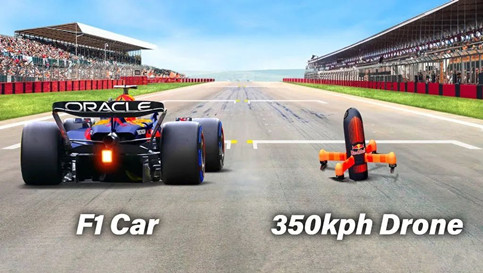
New Racing Record | Red Bull Team Builds World's Fastest Drone to Chase F1
2024-03-02 -
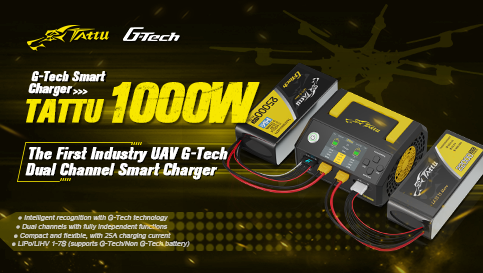
Tattu TA1000 Dual-Channel Smart Charger: The Versatile Charging Solution
2024-02-29 -
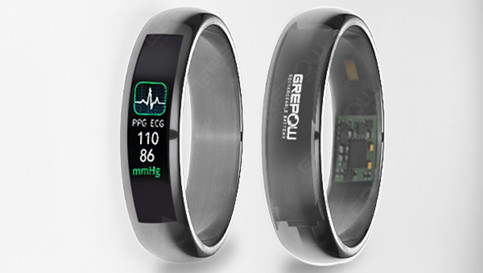
What is a smart ring battery and the manufacturing process?
2024-02-02




